Respect the Power of the Horse’s Instincts: Free Choice Forage Feeding
March 30, 2017 Comments Off on Respect the Power of the Horse’s Instincts: Free Choice Forage Feeding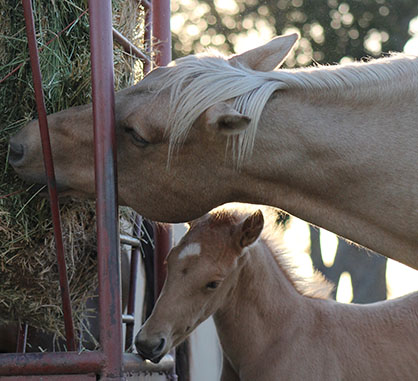
The biology that drives the horse’s digestion is indisputable: The horse’s stomach produces acid continuously, necessitating the action of chewing to release acid-neutralizing saliva. The digestive tract is made of muscles and needs to be exercised to prevent colic by having a steady flow of forage running through it.
Continue reading …Kindred Biosciences Will Award Two Scholarships to APHA Members
March 28, 2017 Comments Off on Kindred Biosciences Will Award Two Scholarships to APHA Members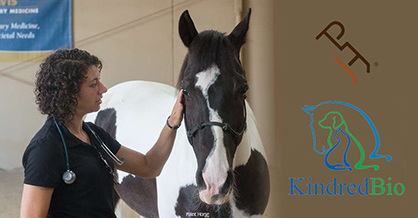
Among its products in development are Zimeta™ (dipyrone injection) for fever in horses, anti-TNF monoclonal antibody for sepsis in foals, a novel product for equine gastric ulcer syndrome, and a novel product for equine metabolic syndrome.
Continue reading …Stop the Roller Coaster Effect of Pain and Pain Relief With NSAIDS
March 22, 2017 Comments Off on Stop the Roller Coaster Effect of Pain and Pain Relief With NSAIDS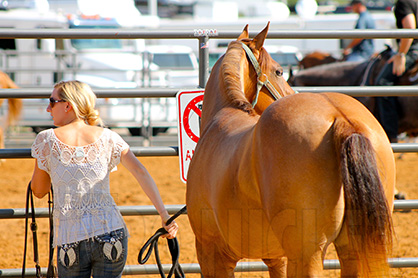
Since some NSAIDs have a short half-life, meaning they leave the system fairly quickly, they require multiple doses each day.6 Multiple daily dosing can result in spikes and dips – possibly leaving the horse vulnerable to a roller-coaster effect of pain and pain relief.
Continue reading …Put Genetics on Your Side with UF’s Online Horse Genetics Course
March 22, 2017 Comments Off on Put Genetics on Your Side with UF’s Online Horse Genetics Course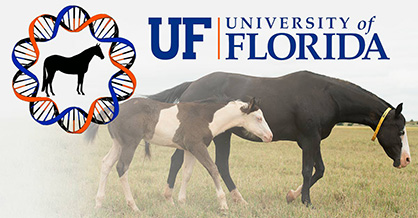
You’ll learn about: How genes are inherited, and how to predict phenotype; color & pattern genetics; genetic diseases; and how to advantageously use genetic testing to plan your breeding program.
Continue reading …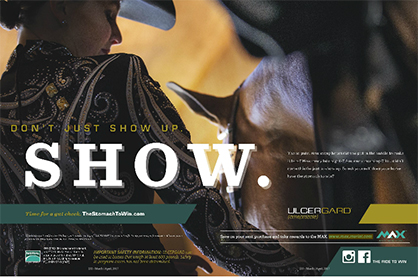
The crack of the loudspeaker. An irregular schedule. Golf carts flying by. Unfamiliar neighbors. Lights on all night long. And that can lead to equine stomach ulcers.
Continue reading …Horses, Humans, and the Health Connection
March 17, 2017 Comments Off on Horses, Humans, and the Health Connection
One of the healing techniques that Hippocrates uses is wheatgrass poultices on wounds and it was this concept that they passed on to horses. This is done by taking left over pulp from after the wheatgrass is juiced and using that as a poultice to heal whatever is under it.
Continue reading …Q&A: Leptospirosis – A Hidden Threat
March 16, 2017 Comments Off on Q&A: Leptospirosis – A Hidden Threat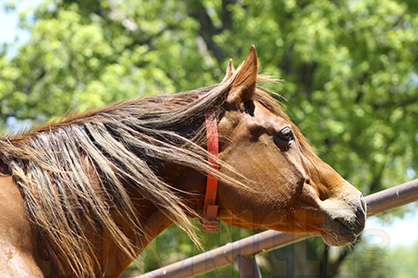
Horses often become infected when exposed to: contaminated soil, bedding, feed and drinking water; standing or slow-moving water; wildlife such as skunks, white-tailed deer, raccoons and opossums; and aborted or stillborn fetuses or vaginal discharges.
Continue reading …Feisty Filly: The Story of the Premie “Tamara Rose”
March 15, 2017 Comments Off on Feisty Filly: The Story of the Premie “Tamara Rose”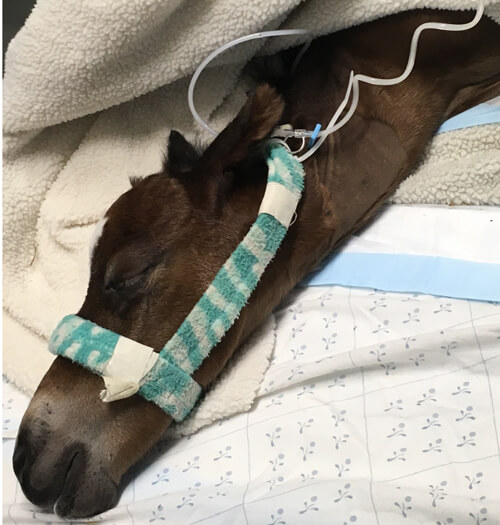
She was only a few hours old, more than a month premature and, at 29 pounds, at least 60 pounds underweight. Her vital signs were critical and her body temperature was 10 degrees below normal. She couldn’t stand because she was too weak and underdeveloped.
Continue reading …Using the Principle of Non-Resistance in Equine Bodywork
March 14, 2017 Comments Off on Using the Principle of Non-Resistance in Equine Bodywork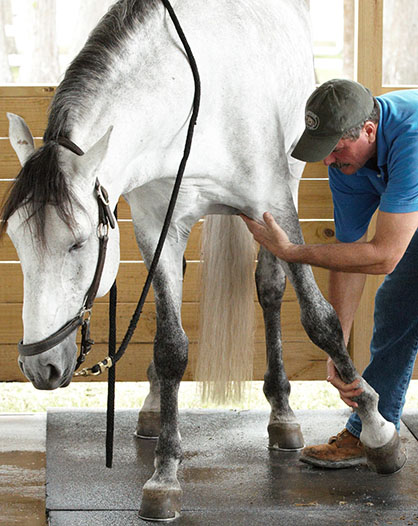
For example, when you ask the horse to bend his nose toward you and he resists because the muscles of the poll and neck are tight, your first impulse is to pull harder and make him bend towards you. If you react to the resistance in the horse by doing more or harder, the horse will continue to resist, tense or brace.
Continue reading …Management Tips to Reduce the Risk of Springtime Laminitis
March 13, 2017 Comments Off on Management Tips to Reduce the Risk of Springtime Laminitis
In many parts of the country, dormant winter forages will soon transition to lush, green grass. As seasons change, forage growth accelerates and ingestion of fructan-rich grasses increases. While overindulgence of fructans can be problematic for certain horses, owners can take steps to ensure a seamless changeover in forage consumption.
Continue reading …







